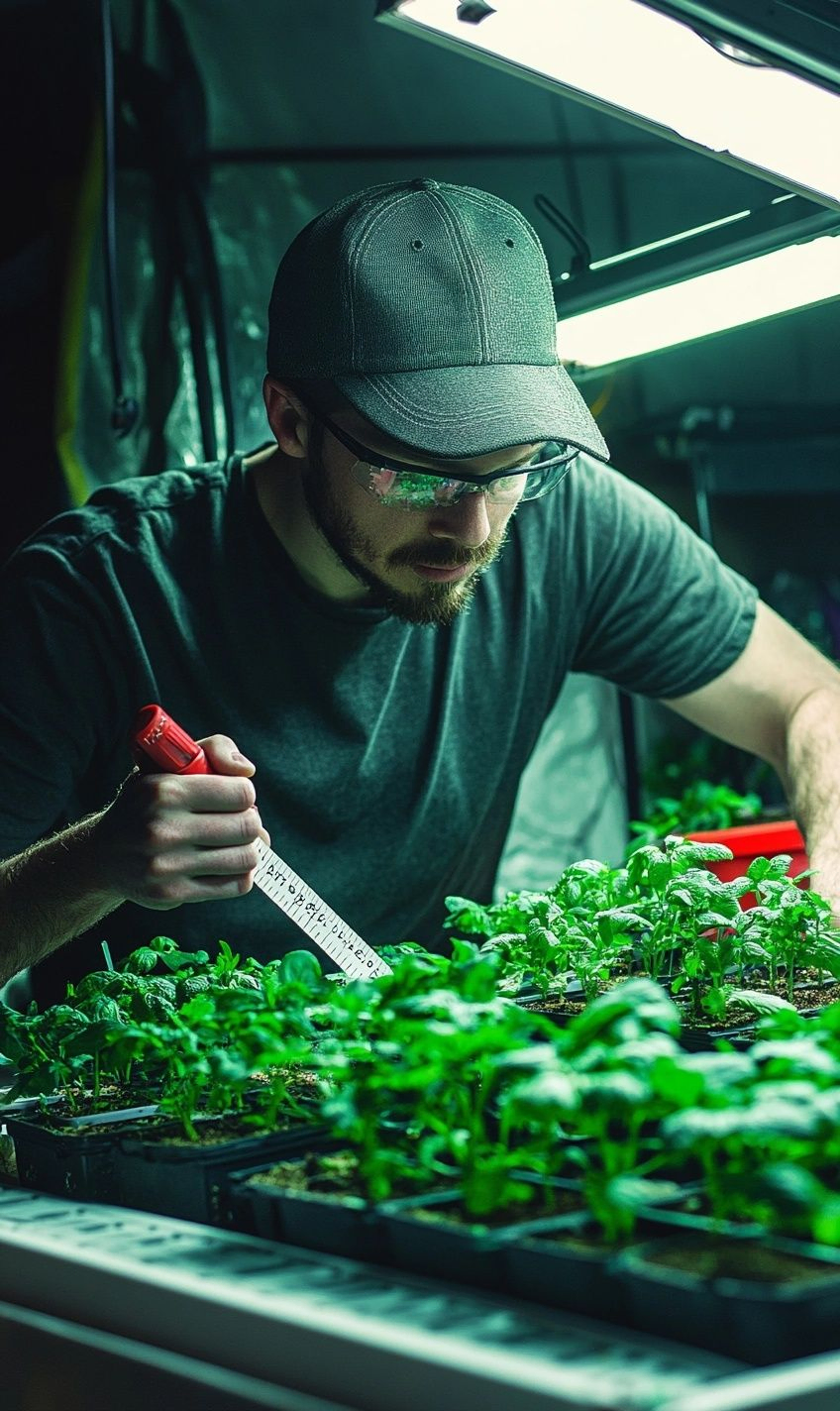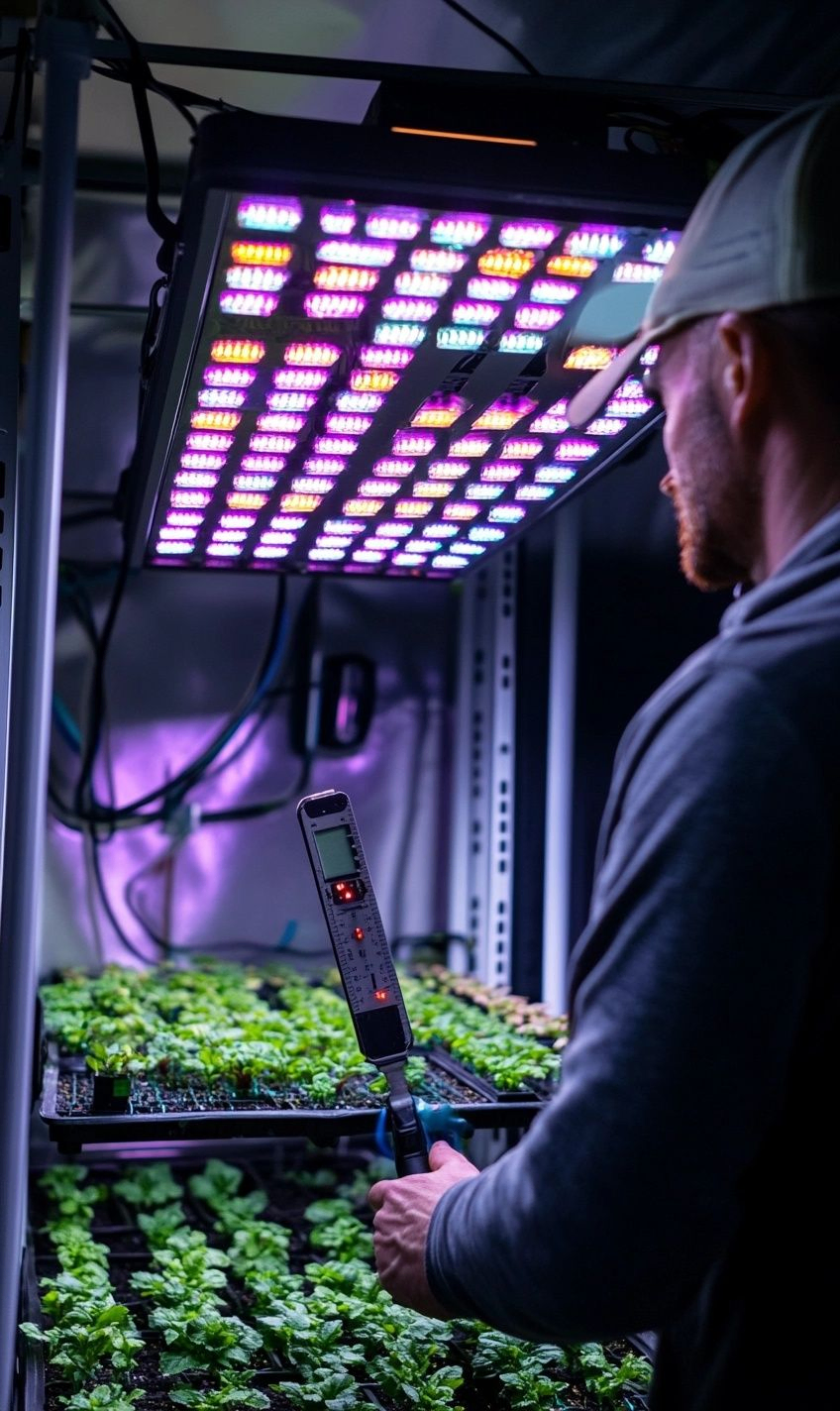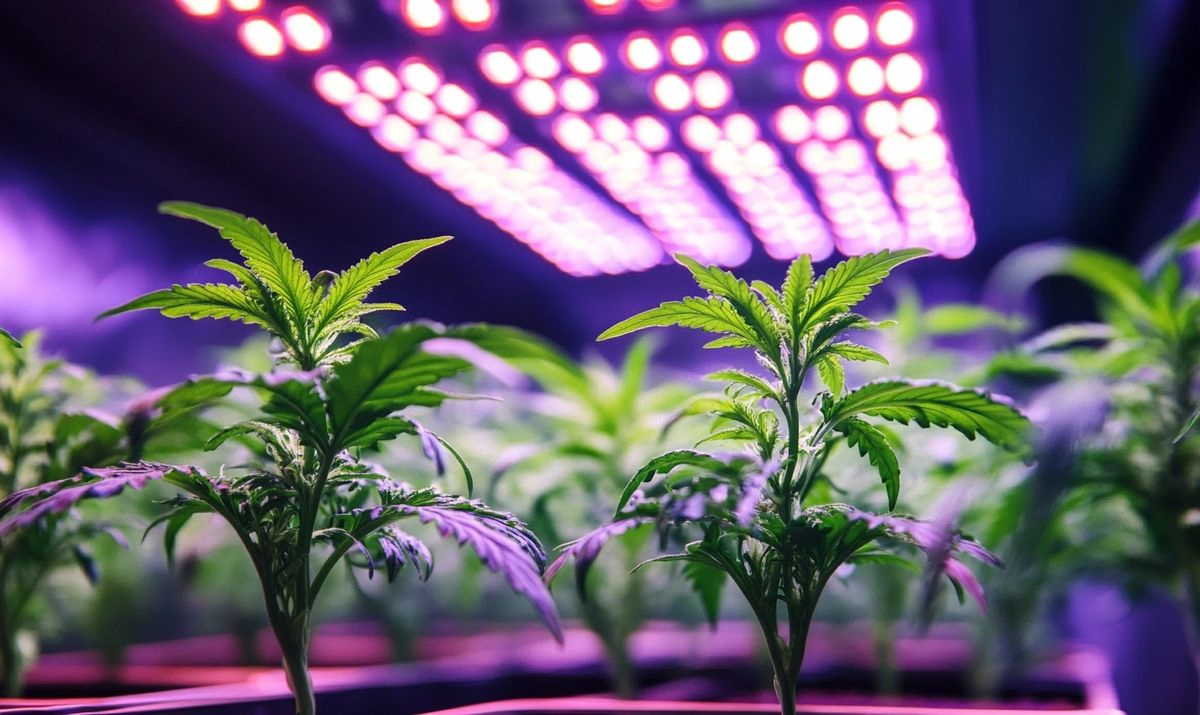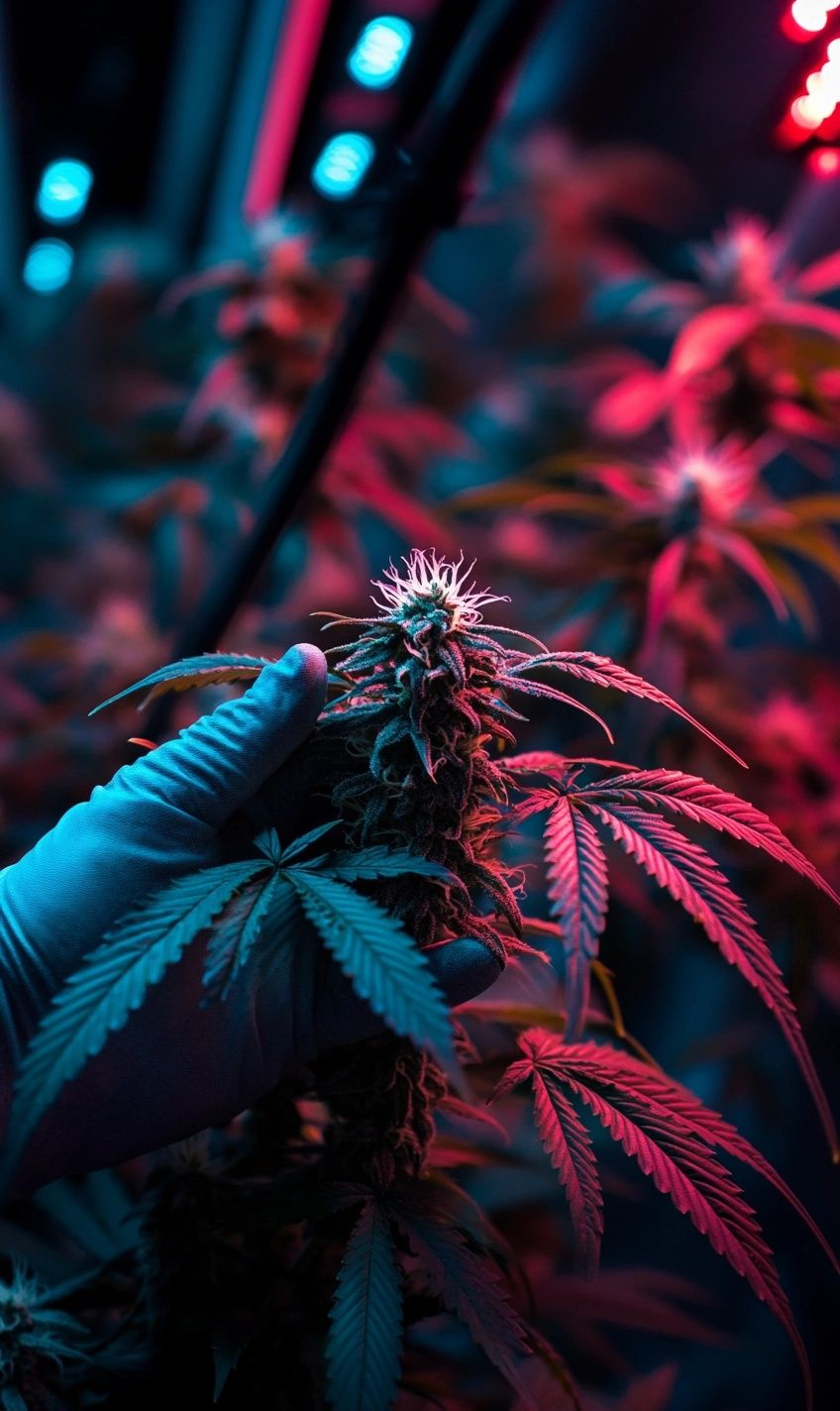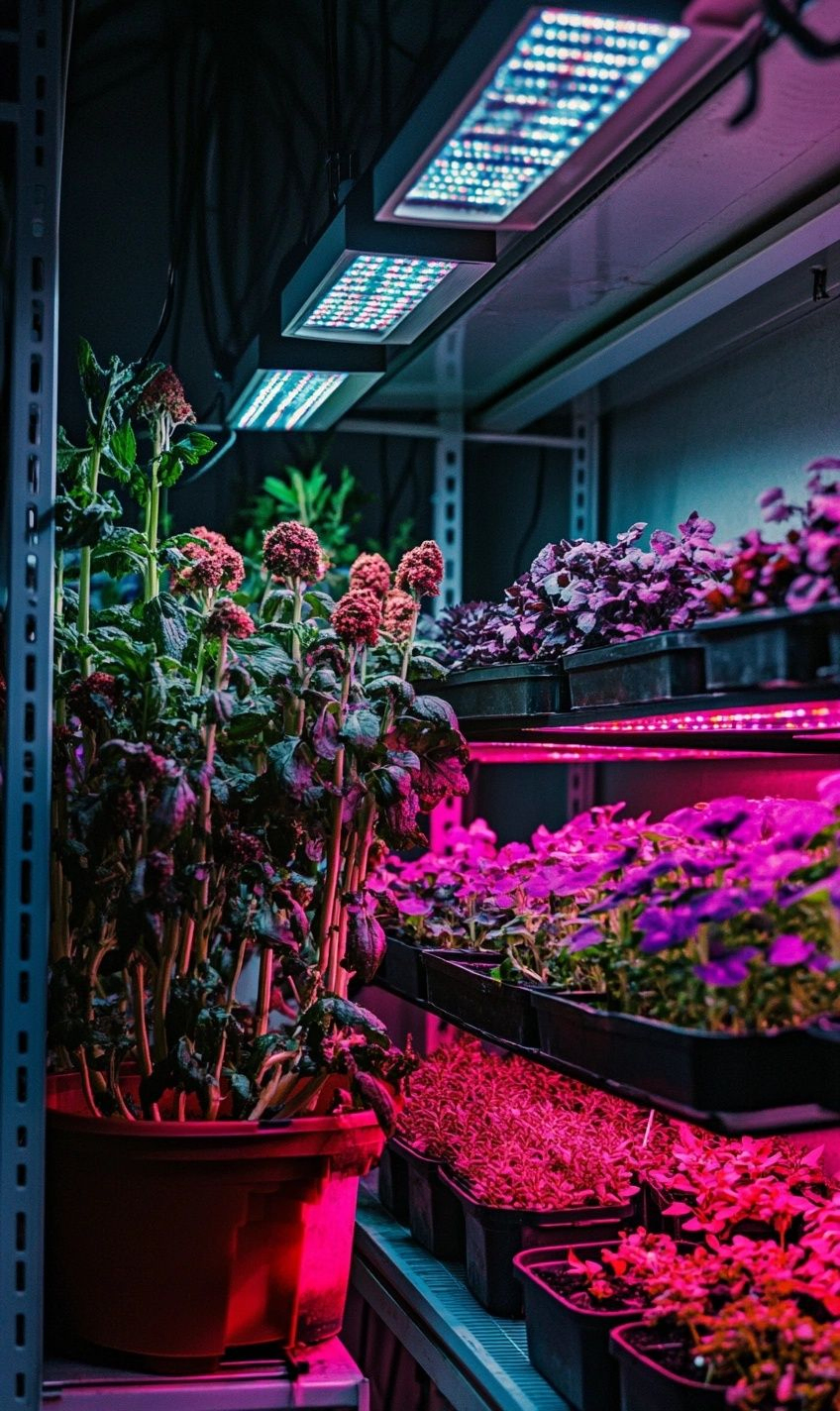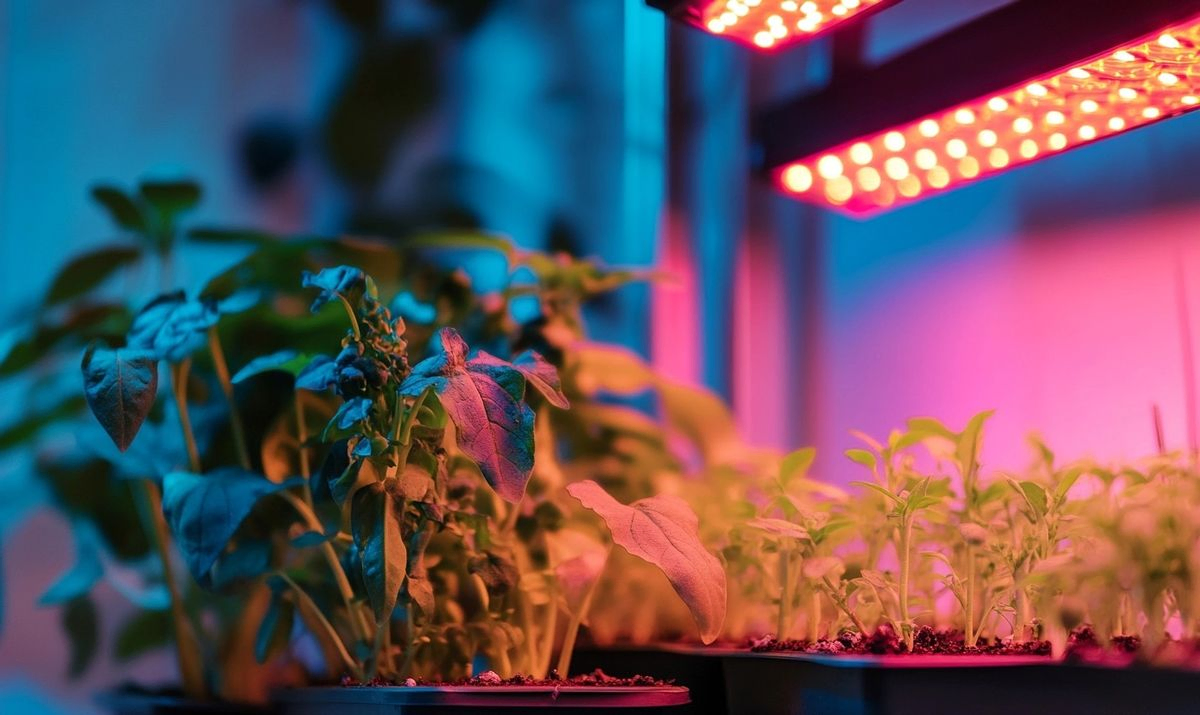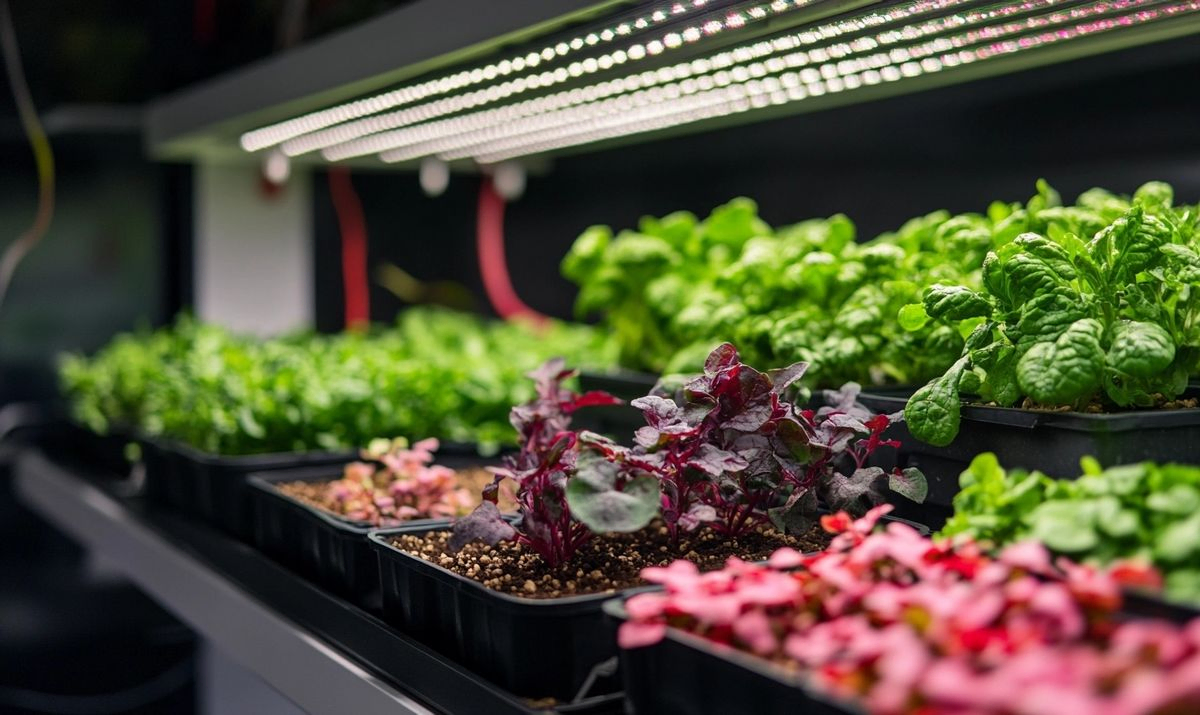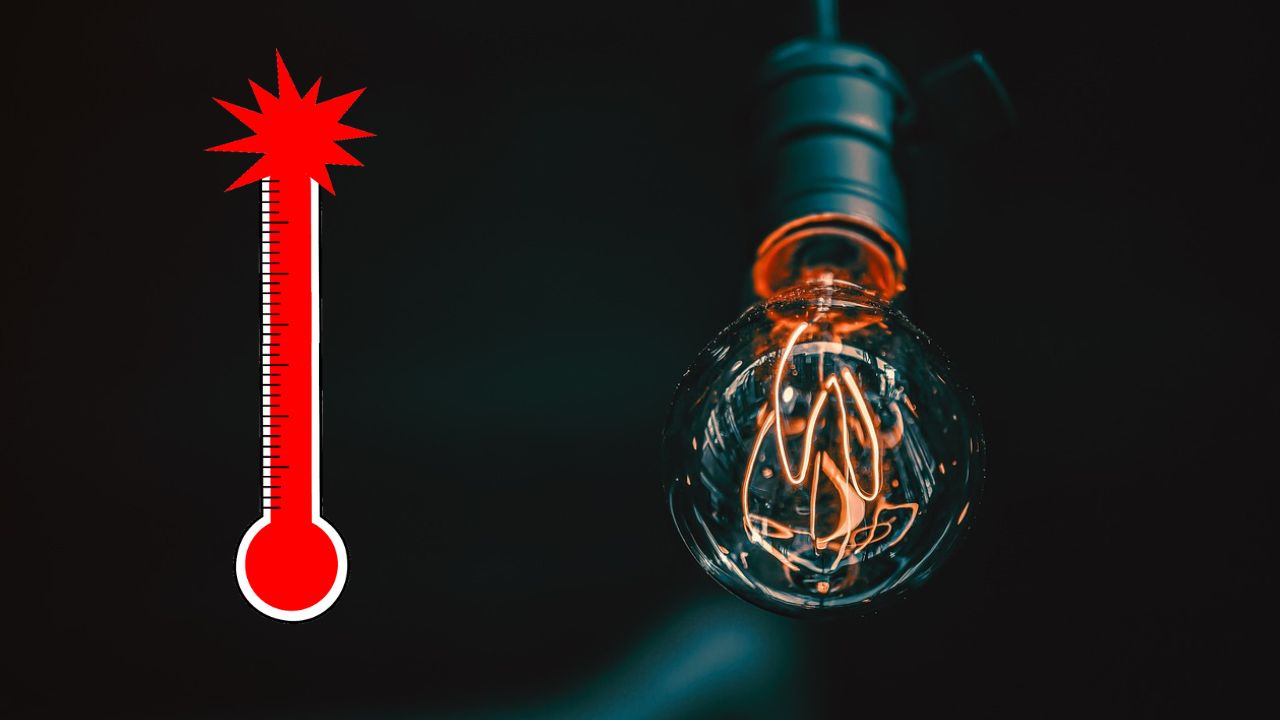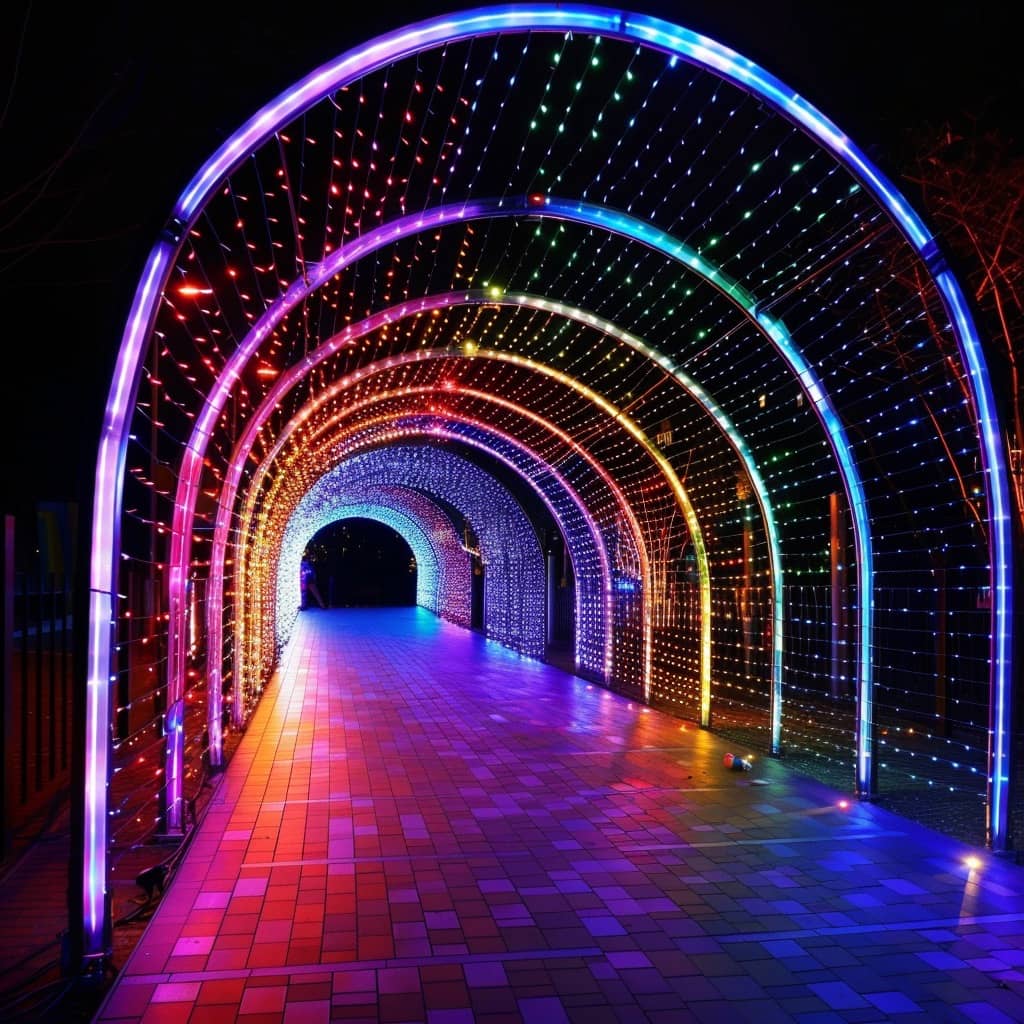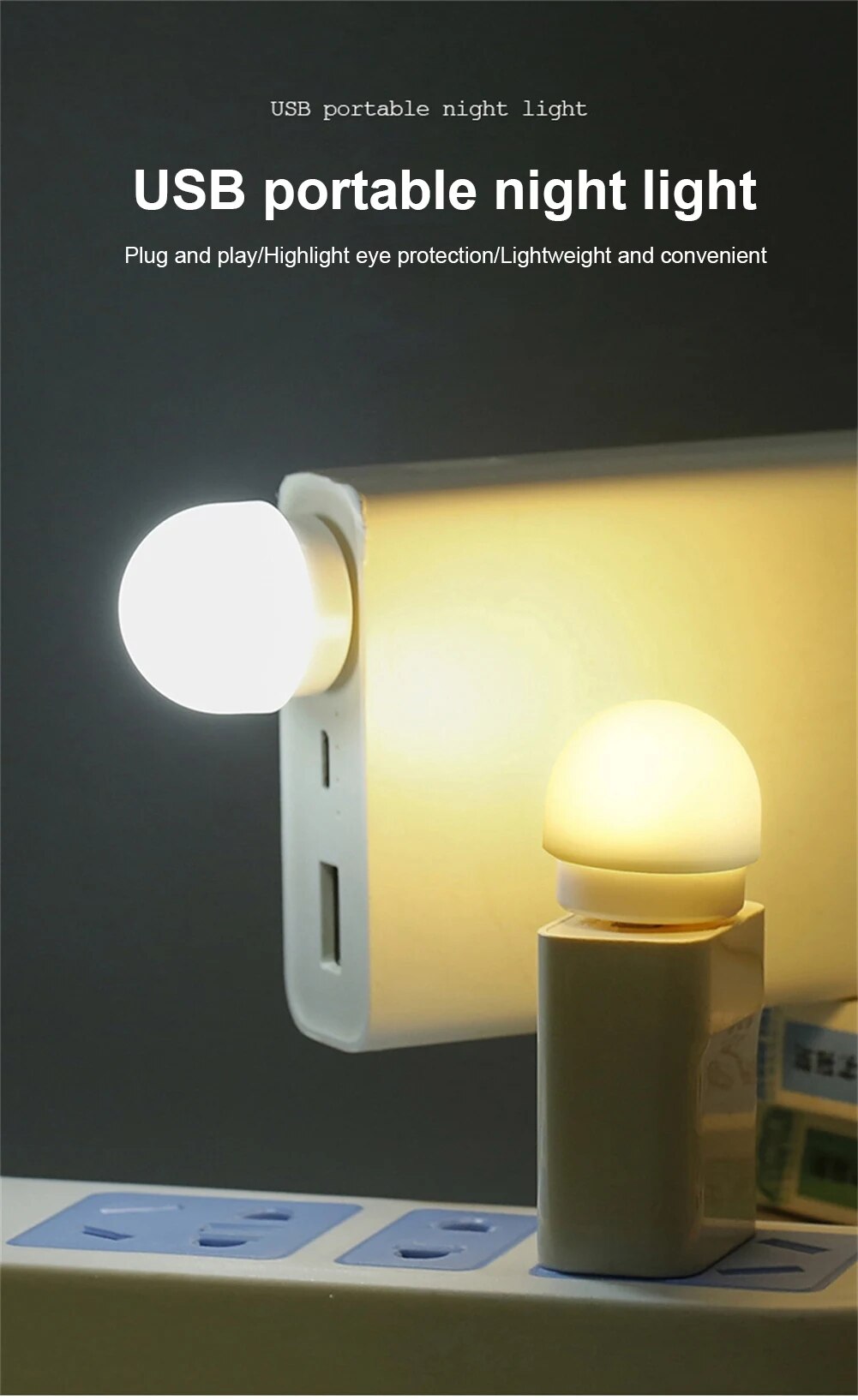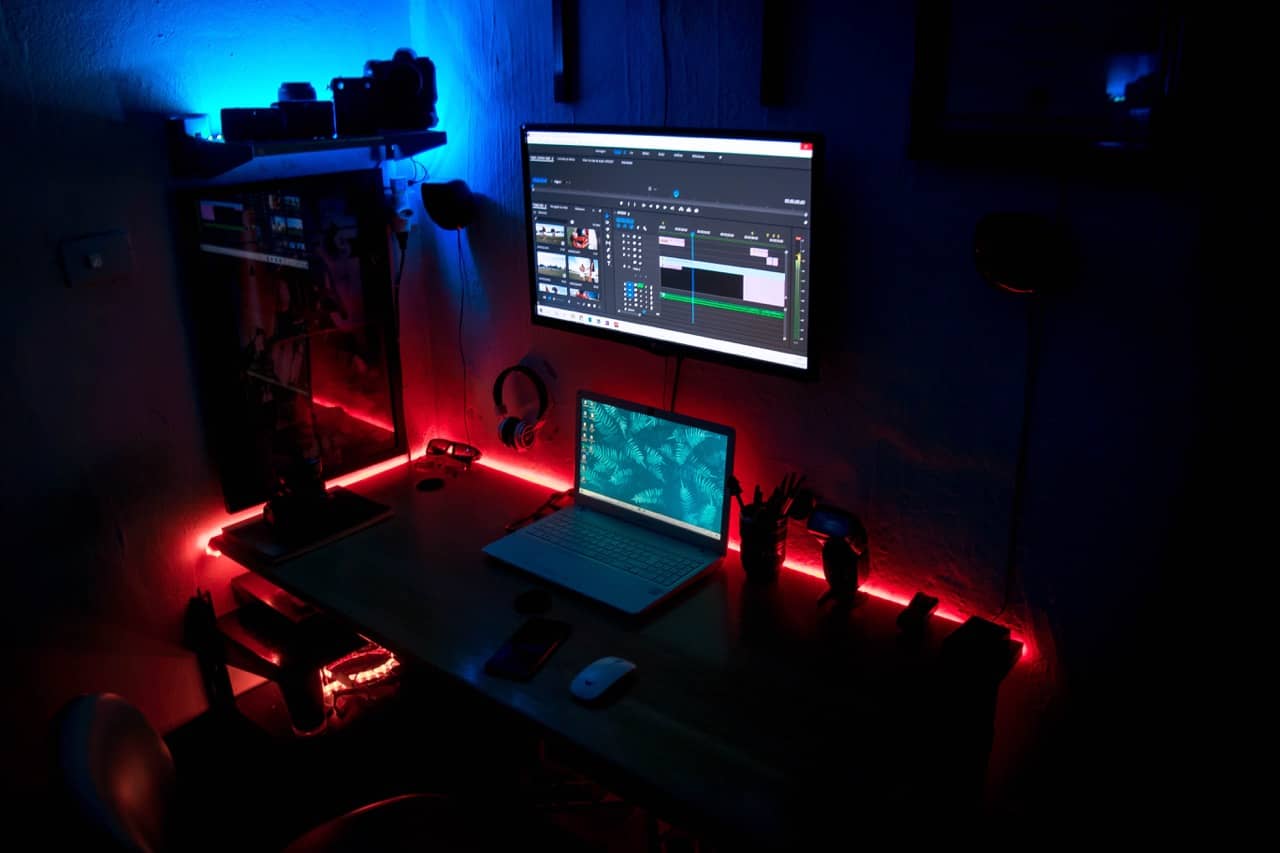In indoor gardening, understanding the power of your tools is crucial for cultivating a thriving environment for your plants. When it comes to LED grow lights, knowing how to test them for wattage effectively can significantly influence the success of your horticultural endeavors. LED grow lights have revolutionized how we grow plants indoors, offering efficient, powerful, and energy-saving alternatives to traditional lighting systems. However, harnessing their full potential requires more than installation; it necessitates thoroughly comprehending their wattage output.
Wattage is pivotal in determining how much energy your plants receive, directly impacting their growth, health, and overall yield. As an indoor gardener, the last thing you want is to under or overestimate the lighting needs of your botanical companions. This blog post will guide you through the essential steps and best practices to accurately measure and evaluate the wattage of your LED grow lights. Whether you’re a seasoned grower or just starting, mastering this skill will empower you to create the perfect environment for your plants to flourish.
Understanding the Importance of Wattage in LED Grow Lights
Why Wattage Matters
Wattage is a big deal when you’re growing plants indoors. It’s like the heartbeat of your grow lights, telling you how much power you’re pumping into your plants. More power doesn’t always mean more growth, but just like we need an excellent diet to thrive, plants need the correct wattage to flourish!
Finding the Right Balance
Imagine planting seeds in a garden that never sees the sun. You’ll get the same feeling without proper wattage. Too much light can fry your plants, while too little can stunt their growth. Your goal? Achieve a golden middle ground! How do you test LED grow lights for wattage? Here are some simple steps:
- Gather your tools: You’ll need a watt meter or a multimeter.
- Plug your LED light into the watt meter.
- Turn on your light and read the wattage displayed!
Consider Your Space
It’s not just about wattage but also the space. Think of your grow area as a cozy room that needs perfect lighting. If you have too many plants for your wattage, they’ll compete. If you under-light, they’ll stretch toward the light source, becoming leggy and weak—like a sunflower reaching for the sun! How frustrating is that?
Keep an Eye on Trends
It’s also helpful to track how your plants respond to changes in wattage. Set up a log to track your readings and how your plants are growing:
- Record your initial wattage.
- Monitor plant growth over a few weeks.
- Adjust wattage as needed and note the effects.
This will help you understand how your plants interact with the light. It’s like having a conversation with them. Do they thrive when you tweak things or sulk in the shadows? Knowing how to test LED grow lights for wattage is your first step to becoming a nurturing grower!
Understanding Your Plants’ Needs
Each plant type has its own wattage needs. It’s like how different folks prefer different diets. Some plants are light-hungry, while others thrive in the shade. Please get to know your plant babies; they each have their quirks!
So, the next time you switch on your LED grow light, remember: wattage isn’t just numbers; it’s the lifeblood of your indoor garden. Monitor it, understand it, and watch your green companions bloom! 🌱
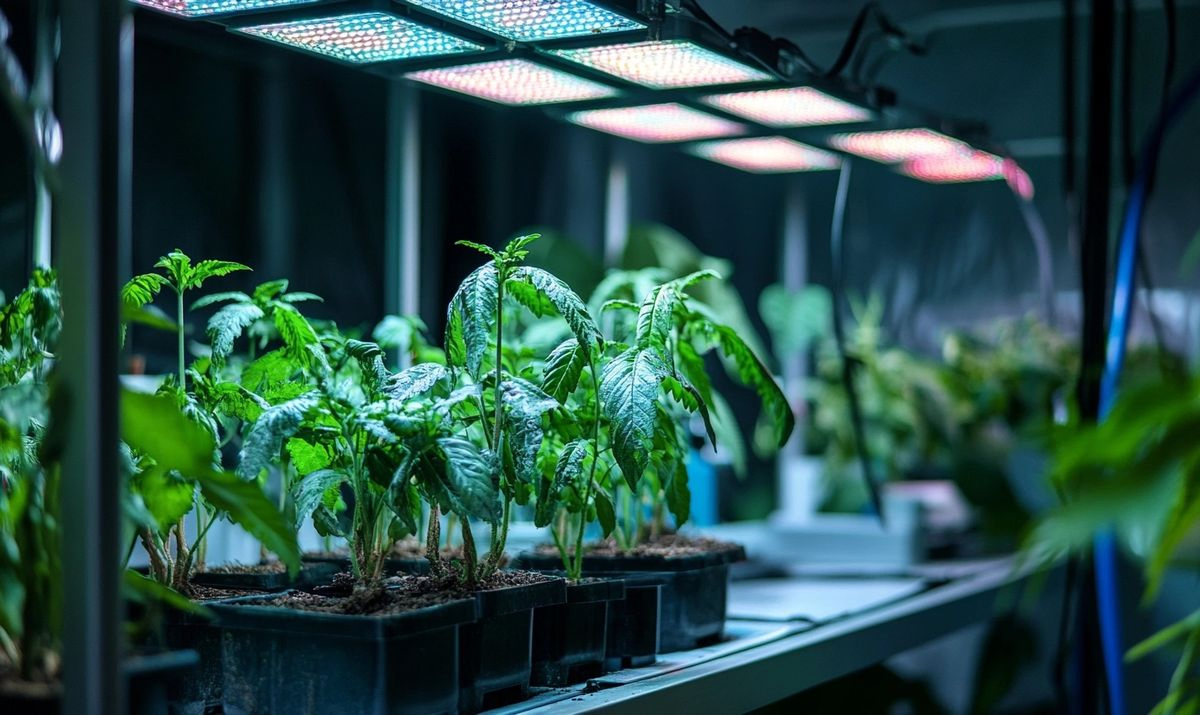
Tools Needed to Test LED Grow Light Wattage
Gather the Essentials
Ready to dive into the world of LED grow lights? First, you need to gather some essential tools. Think of this like prepping for a road trip; you wouldn’t want to hit the road without your map, right? Here’s what you’ll need:
- Watt Meter: This is your magic wand! It measures how much energy your growth light is pulling from the wall.
- DMM (Digital Multimeter): If you want to go the extra mile, a DMM can also measure volts and amps.
- Safety Gear: Consider gloves and goggles for safety. After all, you want to avoid any accidents while you’re testing.
Watt Meter Setup
Using a watt meter is like looking at your fuel gauge; it tells you how much “juice” your light uses. Plug your LED grow light into the meter, and then plug the meter into your power source. Simple, right? Make sure everything is safely connected before you hit the switch.
Measuring Accuracy
Do you want your measurements to be spot on? You can do a quick check to make sure everything is working correctly. Calibrating a scale ensures you’re not getting any false readings. Some meters allow you to zero out or calibrate before you begin, which can be helpful!
Check the Readings
Once your setup is complete, it’s time for the big reveal! Turn on your LED grow light and watch the meter closely. Is it as low as your expectations, or is it pulling more watts than a tiny house?
- Record the wattage reading.
- Repeat if necessary for accuracy.
- Compare with the specifications of your grow light.
Why It Matters
Understanding the wattage is like knowing your car’s horsepower— it’s crucial for performance. The wattage informs you how effectively your grow light works for your plants. And let’s not forget that matching the wattage to the type of plants can make or break your growth game!
So, are you ready to improve your growth game with precision? Grab these tools and become measurement-savvy!
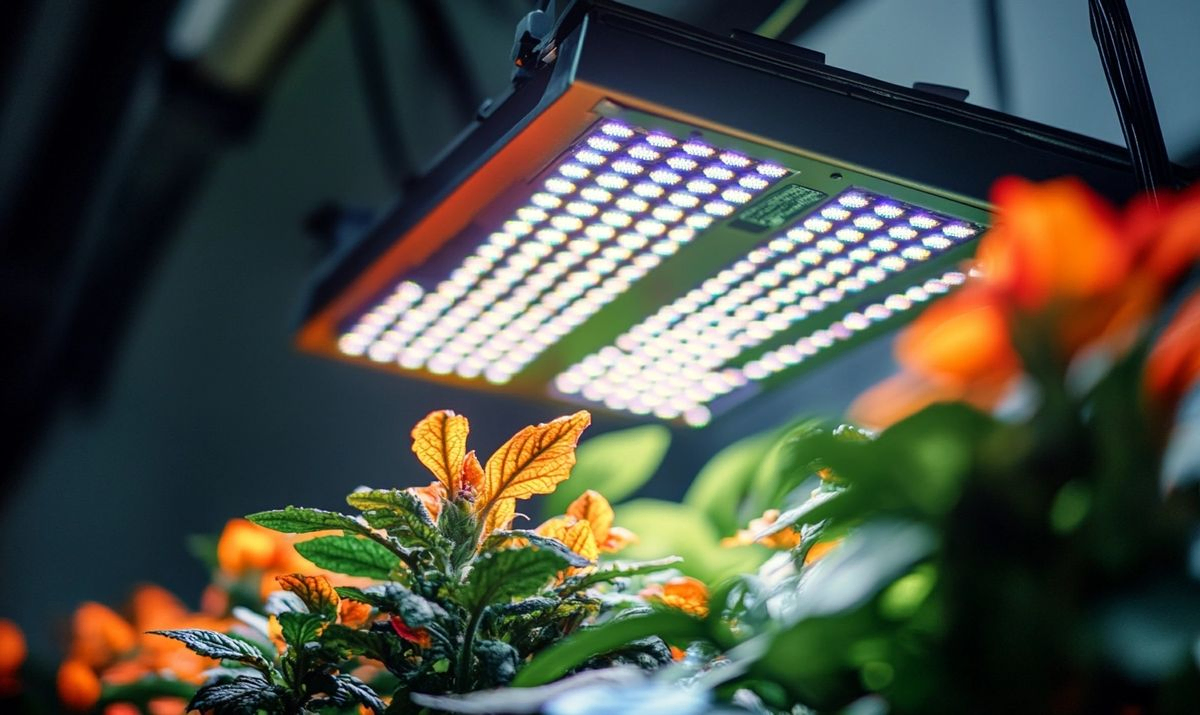
Step-by-Step Guide to Measure Wattage of Your LED Grow Light
Get Ready to Test!
So, you want to know how to test an LED grow light for wattage? You’re in the right place! First, let’s make sure you have everything you need. You’ll need a reliable watt meter, like a fitness tracker, for your LED light. It gives precise readings and helps you know how much juice your plants are soaking up.
Simple Steps to Get You Started
Alright, let’s examine the steps. They’re super easy, and you’ll feel like a pro once you’re done!
- Turn Off Your Light – Safety first! Always switch off your LED grow light before connecting anything.
- Connect the Watt Meter – Plug your LED light into the watt meter. It’s like plugging it into a power outlet but with extra spice!
- Turn On Your Light—flip that switch! Let your light run for a bit. This helps it reach the proper operating temperature.
- Read the Meter—Check your watt meter. It’ll show you how much power your LED light is pulling. How cool is that?
Why This Matters
Now that you’ve tested, why should you care about the wattage? Think of wattage as the fuel for your plant’s growth. More wattage can mean faster and healthier growth, but balance is critical. Too much or too little might mess with nature’s delicate dance. Imagine giving toddlers too much candy; they’ll bounce off the walls!
What to Look For
When you peek at the results, pay attention to the differences between advertised wattage and your actual reading. This helps you know if your light is underperforming. If it’s lower than expected, your light may not deliver the promised boost your plants need.
Here are some tips to keep in mind:
- Ensure your watt meter is calibrated—accuracy is vital.
- Take measurements at different times of the day for consistency.
- Comparing with other similar lights can give you perspective.
Ready to unleash the potential of your indoor garden? Understanding how to test LED grow lights for wattage is your secret weapon! It’s time to get growing!
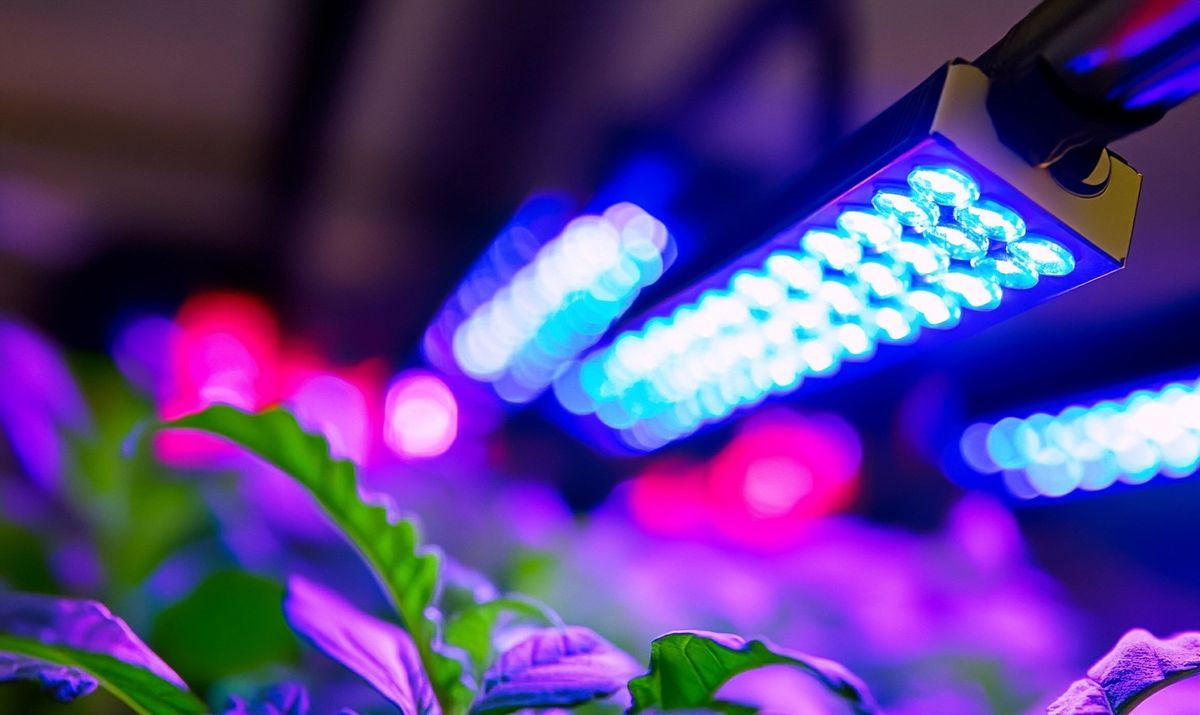
Interpreting Your Wattage Results: What They Mean for Your Plants
Understanding Your Wattage Numbers
So, you’ve tested your LED grow light for wattage. But what do those numbers mean? Think of wattage as the energy fuel for your plants. The higher the wattage, the more light energy your plants receive, right? But hold on! More isn’t always better. What’s crucial is matching that energy to your plants’ needs.
What Different Wattage Levels Indicate
Here’s a quick breakdown of what you might find:
- Low Wattage (Under 150W): Great for seedlings and small plants.
- Medium Wattage (150W – 300W): Ideal for vegging plants; they’ll love you for it!
- High Wattage (300W and above): Perfect for flowering and fruiting stages. These plants can get BIG!
Why Wattage Isn’t Everything
But here’s the catch: Just focusing on wattage? That’s like picking a car solely based on horsepower without considering fuel efficiency. High wattage can lead to excessive heat and energy bills. Yikes! Your plants thrive in balance. Light energy can yield more with proper heat management and nutrients.
How to Connect These Results to Plant Health
Now that you know what your readings mean, let’s discuss plant health. If your wattage reading is low or uneven, plants may stretch or become leggy, reaching for light like a toddler reaching for cookies on the top shelf. Conversely, too much light? It can burn or bleach those delicate leaves.
Ask yourself these questions:
- Are my plants growing evenly?
- Are there any signs of stress, like curling or discoloration?
- How close is my light source to my plants?
The goal is to create an environment where plants can bask in the perfect amount of energy without frying. Think of it as tuning a guitar; every string needs the proper tension to create beautiful music.
Optimizing Your Setup based on Wattage
If your results show that the wattage is off, adjust your setup. Little tweaks, such as raising or lowering your lights or changing the light duration, can make a big difference. Taking the time to interpret those wattage results could lead to thriving plants and bountiful harvests. Happy growing!
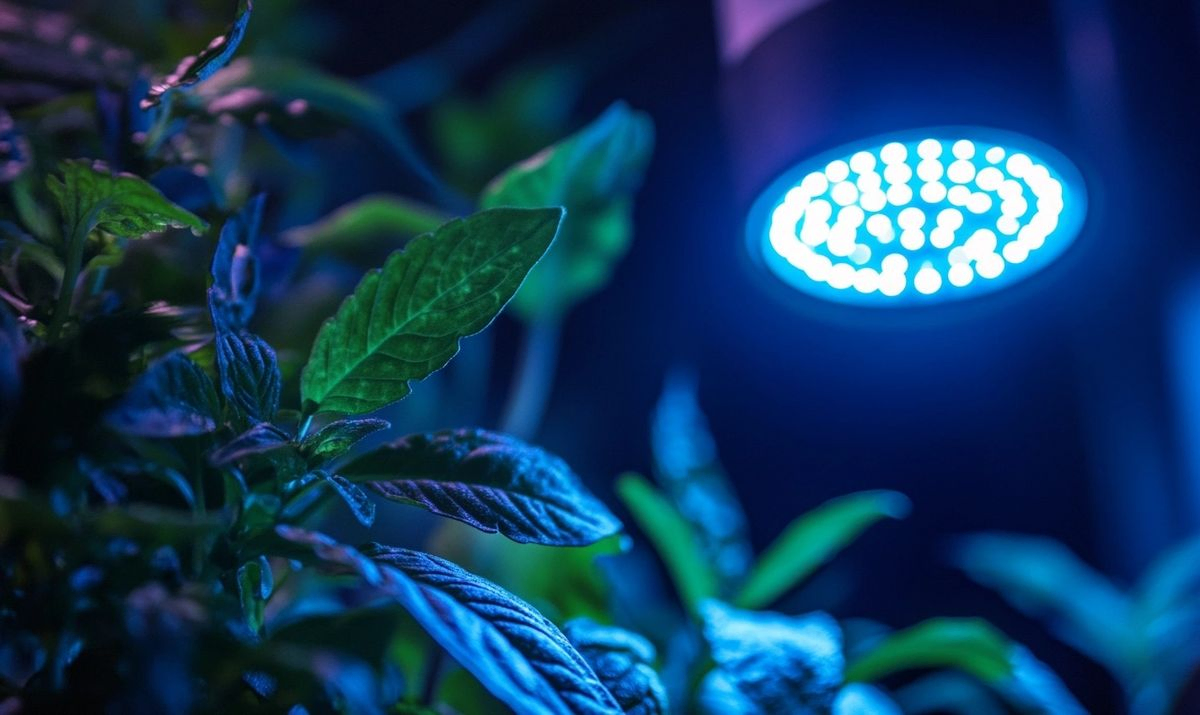
Common Issues That Can Affect Wattage Readings
Is Your Equipment Up to the Task?
When diving into the world of LED grow lights, knowing how to test LED grow lights for wattage is crucial. But what if your readings seem off? First, let’s talk about your testing tools. A cheap multimeter can lead you astray, like trying to navigate a city with a crumpled map. It would be best if you had reliable tools for accurate readings.
Power Source Problems
And here’s a thought: Are you using the correct power source? Using a lower voltage outlet can skew your wattage measurements. Imagine trying to fill up a giant pool using a tiny hose! Your LED light might not receive enough power, leading to false readings. Ensure your outlet matches the wattage requirements.
Heat and Performance Fluctuations
Let’s not forget about heat. LED grow lights can heat up, causing performance changes. If your light is running hot, it may draw more wattage momentarily. That’s like sprinting on a hot versus excellent day; your performance varies. Always test wattage when the light has settled into its routine, preferably after it’s been on for a while.
Connection Quality Matters
Have you checked your connections? Loose wires are like a broken bridge; they obstruct efficient power flow. If connections aren’t secure, your wattage readings may be inaccurate. Make it a habit to inspect cords and plugs regularly, just as you would check the tires on your car!
External Interference
External factors can also influence your readings. Running multiple devices on the same circuit could affect the available wattage. Overloading your circuit is like juggling too many balls simultaneously—you’ll drop one! Consider dedicating a circuit just for your grow light to avoid issues.
Final Thoughts on Testing Wattage
A reliable wattage reading means everything in the grand scheme of plant growth. Without accuracy in this step, your plants may not thrive. So, check your tools, power source, and connections regularly. It’s all about establishing the right environment for your green friends to flourish! Remember, every little detail counts in your garden journey.
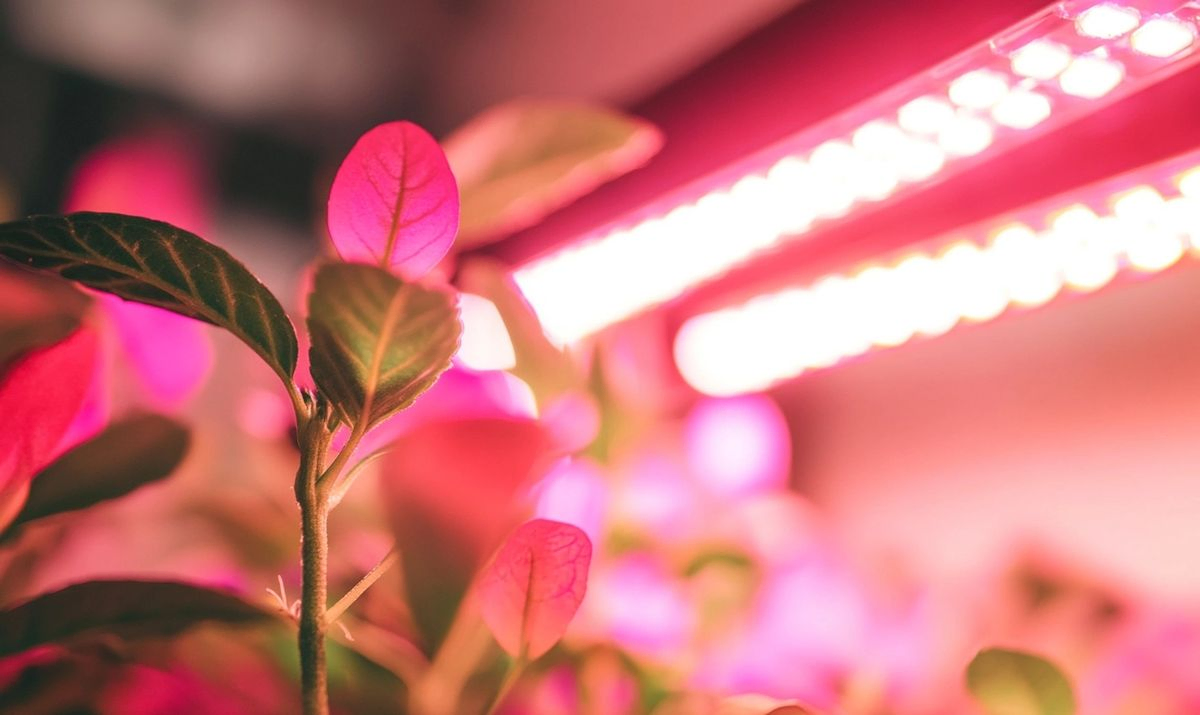
How to Optimize Your Growing Environment Based on Wattage Tests
Understanding Your Plants’ Needs
Have you ever felt like your plants just aren’t thriving? Sometimes, it’s not the soil or the watering schedule. It could be the wattage of your LED grow light. Just like we need the right amount of sunshine to feel our best, your plants need the correct wattage for optimal growth.
Adjust Lighting Depending on Wattage
Once you know the wattage of your LED grow light, adjust it based on the specific needs of your plants. Some plants, like succulents, prefer less intense light. Others, like tomatoes or peppers, soak up every bit of that glow. Here’s what to keep in mind:
- Low wattage (under 100W): Great for low-light plants.
- Medium wattage (100W – 400W): Ideal for most veggies and flowering plants.
- High wattage (over 400W): Best for larger, light-loving plants.
Optimize the Distance from the Light
Did you know that the distance between your plants and the grow light can affect how much wattage they receive? It’s like having a sunny spot under a tree versus standing in the open sun. Here’s a quick guide:
- Seedlings: 24-36 inches away from light.
- Vegetative stage: 18-24 inches away.
- Flowering stage: 12-18 inches away.
Monitor Your Environment
Your grow space isn’t just about wattage – it’s a whole ecosystem! Humidity, temperature, and air circulation all play a role, too. Here are some tips:
- Check humidity levels to prevent mold.
- Maintain temperatures between 70°F-80°F (20°C-27°C).
- Ensure good air circulation to help distribute that vital light and warmth.
Keep an Eye on Plant Responses
Are your leaves turning yellow or brown? This might be a sign you need to tweak your settings! Healthy plants will have vibrant leaves and strong stems. Adjusting your LED grow light’s wattage can significantly enhance their growth. Think of tech-savvy plant parents who monitor all aspects of their plants’ lives!
Experiment and Adjust
Gardening is all about trial and error. Don’t be afraid to play around with wattage and adjust based on how your plants react. It’s like finding the perfect recipe – a sprinkle more here, a dash less there can make all the difference.

Comparing Wattage to Other Key Factors in Plant Growth
Light Spectrum Matters Too
When you think of your LED grow light, wattage often pops up first. But let’s not forget about the light spectrum. It’s like a well-cooked meal; you need all the right ingredients! The different colors of light serve various purposes:
- Blue light promotes healthy foliage.
- Red light encourages flowering and fruiting.
- The full spectrum covers both bases!
If your grow light has high wattage but a poor light spectrum, it could be like giving a plant a fast-food diet—lots of energy but lacking the proper nutrients.
Temperature’s Role in Growth
Ever notice how plants thrive in specific temperatures? That’s because temperature significantly affects how effectively plants use light. Imagine trying to study for a big test in a freezing room; focus is nearly impossible! A hotter environment can enhance the benefits of your wattage, while cooler temps might slow things down.
Humidity Can’t Be Ignored
And let’s talk about humidity. If you crank your wattage but neglect humidity, you’re trying to water a plant without soil. Your lights might shine brilliantly, but plants can’t absorb moisture properly if the air is too dry. This balance can be tricky but is essential for optimal growth.
Nutrients Are a Game Changer
Nutrients make up the fuel for your plants. Just as you wouldn’t run a car on empty, your plants won’t flourish without suitable feed. High wattage can stimulate growth, but you could be left with stunted plants without adequate nutrients. It’s all about balance.
Putting It All Together
So, what’s the takeaway here? While understanding how to test LED grow light for wattage is crucial, it’s just one piece of the puzzle. Wattage, light spectrum, temperature, humidity, and nutrients must play nicely together. Create an environment where all these elements thrive, and you’ll see your plants reach their full potential, blooming like never before!
Conclusion
In conclusion, understanding how to test LED grow lights for wattage is crucial for optimizing the indoor gardening experience. By accurately measuring the wattage, you ensure that your plants receive the right amount of energy they need for healthy growth and development. Whether you’re using a multimeter, watt meter, or any other reliable testing method, taking the time to understand your grow light’s output will pay dividends in the long run.
Moreover, selecting the appropriate wattage enhances your plants’ health and contributes to energy efficiency, particularly beneficial for those looking to keep utility costs down. With a well-informed approach, you can create an ideal environment for your plants, encouraging them to flourish regardless of the season.
Regular testing and adjustments based on your plants’ needs will lead to practical growth strategies. Apply the insights gained from this guide to your growing endeavors. Happy gardening!
Frequently Asked Questions (FAQs)
Q1: How do I test the wattage of my LED grow light?
You can use a watt meter to test the wattage of your LED grow light. Plug your grow light into the watt meter and the power outlet. The meter will display the light’s actual wattage.
Q2: Why is it important to know the wattage of my LED grow light?
Knowing the wattage is crucial for understanding the energy consumption of your grow light. It helps you assess if your power supply can handle the load and ensures you are providing adequate light for your plants.
Q3: Do all LED grow lights have the same wattage?
No, LED grow lights come in various wattages, depending on their design and intended use. Choosing a wattage that matches your growing space and the types of plants you are cultivating is essential.
Q4: Can wattage affect the growth of my plants?
Yes, wattage directly impacts the intensity of light provided to your plants. Higher wattage can mean more light intensity, necessary for specific plant types at different growth stages.
Q5: How can I compare different LED grow lights for wattage?
You can compare LED grow lights by checking their wattage, efficiency, and light spectrum specifications. Look for the actual wattage used when powered on rather than the nominal or equivalent.
Q6: Can I use tools besides a watt meter to check wattage?
While a watt meter is the most accurate tool, you can also check the light’s specifications on the manufacturer’s label or online. However, these may not always reflect the actual usage in real time.
Q7: How often should I test my LED grow light for wattage?
It’s a good practice to test your LED grow light every few months or if you notice a decrease in your plants’ growth or health. This can help ensure that the light is functioning optimally.

